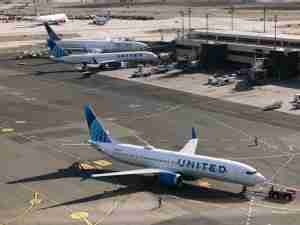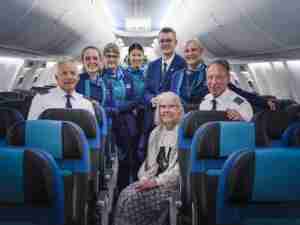Air New Zealand will move its head office to a new campus at Auckland Airport, vacating its central city site to reduce costs and get all staff at a single location.
The airline has approved in-principle a project to centralize its Auckland workforce at a refurbished airport campus by 2024, it said Wednesday. It will also proceed with construction of a previously announced 10,000 square meter engineering facility.
“We have more space than we need in the Auckland central business district and are already paying for a precinct at the airport that has more than enough space to meet even our most ambitious growth projections,” Chief Executive Officer Greg Foran said. “With building costs increasing and our CBD leases coming to an end, this is the time to get started on the work to bring our people together.”
Air New Zealand is projecting a record full-year loss and is undertaking a recapitalization after the nation’s border closed in early 2020, slashing demand for flights and forcing severe cost cutting. The airline is expecting a gradual recovery as New Zealand starts to welcome foreign visitors and domestic travel rebounds.
“We’ve spent the last two years looking at how we can set ourselves up for success as we revive our airline,” said Foran. “We’ll be creating an environment where the people who plan our future work alongside those who operate our aircraft and work with our customers every day. This is the right time to get ready for a move as we prepare for the global recovery in aviation.”
The move to the airport will reduce the airline’s property footprint, and trim costs by 20% over 15 years, the airline said. The project will involve refurbishing existing space rather than constructing a new building.
The engineering facility will be the largest single-span timber arch aircraft hangar in the Southern Hemisphere, and enough to house a Boeing 787 and two Airbus A320s side-by-side in one space.
“We’re confident that our long-haul operation will return so investing now in a new hangar makes complete sense,” said Foran. “Our fleet has changed over the decades. We now have a need for a more modern, innovative structure that takes energy use and other sustainability factors into account.”










